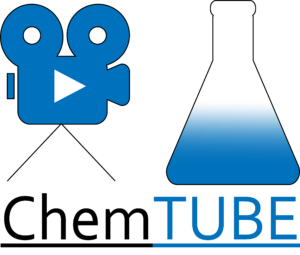
- INTELLIGENT OUTPUT
- IO1: Identification of possible discrepancies between formal training and workplace requirements
- IO2: Identification of relevant areas in European VET, EQF level 4 – Tacit knowledge and critical
skills - IO3: Mapping of tacit knowledge elements and critical skills to qualification definitions/matrixes
- IO4: Implementation and training of procedures for documentation of skills performance through video recording
- IO5: Establishing a repository of best practice video recordings of critical skills and tacit knowledge from operational settings
- IO6: Documentation of the individual learner’s operative skills linked to an ECVET based qualification definition
- IO7: Development of training modules in schools and companies
- IO8: System interaction specifications
- IO9: System development
- IO10: Training manual with didactical guidelines
- IO11: Work based learning in the duality between school and enterprise in accordance with EQAVET principles
- TASKS
- Identification of possible discrepancies between formal training and workplace requirements
in laboratory environments and process operation in European VET, EQF level 4. - Identification of relevant areas in European VET, EQF level 4 where performance of tacit
knowledge and critical skills are essential in the laboratory and the process operation. - Mapping of tacit knowledge elements and critical skills in the operational techniques to the
qualification matrix from ChemPharmVET. ( https://skillstools.eu/wp-content/
uploads/2018/01/ChemPharmVET-Matrix-Final-1.pdf) - a) Definition of procedures for documentation of skills performance through video recording
as required in laboratory and process operation settings.
b) Preparation for the recording of individual performance and the content of a repository of
best practice laboratory skills videos
c) A practice workshop for company trainers/teachers to record, assess and upload video
documentation in Skillsbank. - Establishing a repository of best practice video recordings of critical skills and tacit knowledge from operational settings in training as well as production situations. Combining training in schools and work based learning in the enterprise. Linking best practice video recordings to LO matrixes and skills descriptions
- Documentation of the individual learner’s operative skills linked to the ECVET based qualification definition of ChemPharmVET and the respective curriculum plan and training programme. Linking individual video recordings to the ChemPharmVET LO matrixes and skills descriptions
- Development of training modules in schools and companies where laboratory and processing skills performance can be exercised, perfected and documented through video recordings.
- System interaction specifications to optimise the use of Skillsbank covering data structure with Interface modifications and adaptations to secure that all relevant aspects of input, process, storage and output fits with the main objectives of ChemTube with specifications for
programming - System development: Data structure with Interface modifications and adaptations to secure that all relevant aspects of input, process, storage and output fits with the main objectives of ChemTube.
- Provision of didactical guidelines to the relevant educational services in support of the vocational training and testing with participants from the partner companies. This will directly target learning and performance documentation with video recordings of critical skills and tacit knowledge elements in a micro-learning perspective.
- Facilitating the interaction between schools and companies to secure that performance criteria are met through the implementation of work based learning in a duality between the key players sharing responsibility and dividing tasks. In principle this will be in two main phases: Preparation and monitoring with evaluation.
- LEADER
- ZVAZ CHEMICKEHO
- SBG Dresden
- Stredni prumyslova skola chemicka Brno
- NTI-MMM
- AVO
- EUROMASC
- ITS
- NTI-MMM
- KALIBAO
- Kristiansund Videregående Skole
- WIAB

This project has been funded with support from the European Commission. This publication reflects the views only of the author, and the Commission cannot be held responsible for any use which may be made of the information contained therein.
